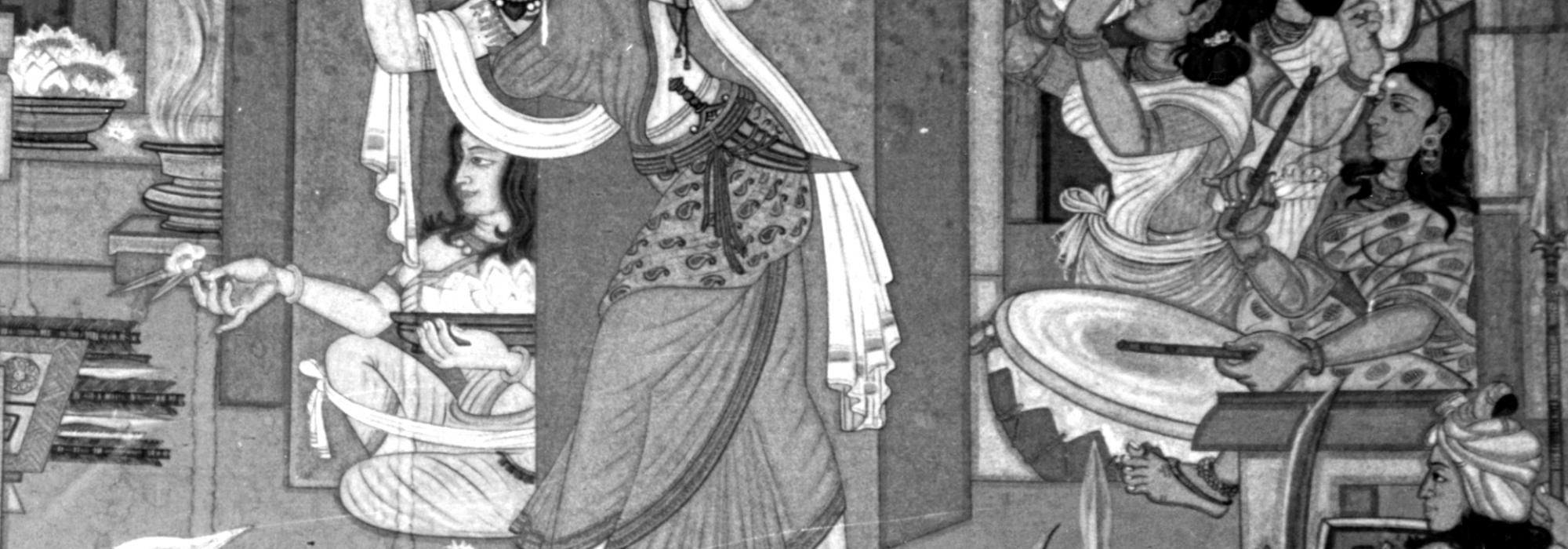There are many references to show that women too were endowed with the spirit of kshaatra. For instance, in the Ramayana, we have the Kaikeyi episode. When Dasharatha took part in the great war between devas and asuras, Kaikeyi accompanied him. It is during that war she obtained those two boons from Dasharatha. In the Mahabharata, when Arjuna kidnaps Subhadra, a huge army of yadus attacks him. When he single-handedly combats the army, it is Subhadra who takes the reins of the chariot and skilfully drives it. Manu says that within the framework of the duties prescribed for each varna, men and women have equal rights and opportunities to learn all the arts and sciences. There are many other references in history. When Alexander attacked India, first the menfolk lifted weapons and counter-attacked, then it was the women, and then even children.
We know from the arthashastra texts that there was an entire military unit trained to be bodyguards solely consisting of women. We know from history that even Greek and Roman women were enlisted to be a part of these units. We know from Vishakhadatta’s work Mudrarakshasa that Chandragupta Maurya’s bodyguard was a woman named Shonottara. Many women were skilled as guards. We find many examples of the women who lived in the inner quarters of the palace were skilled in martial combat. Even in the classical, post-classical, and colonial periods, we find several examples of women endowed with the spirit of kshaatra. These include luminaries like Rudramadevi, Akkadevi, Bhairadevi, Chennammaji of Bidanuru, Chennamma of Kitturu, Durgavati of Gondvala, Ahalyabai Holkar, Lakshmibai of Jhansi, Velunacchiyar, and Gaidinlu.
After coming to India, even Muslim women were empowered with the spirit of kshaatra and a striking example for this is Razia Begum (Razia al-Din). Razia was the daughter of Shams-ud-din Iltutmish of the Slave Dynasty. We know of her heroic deeds and her subsequent assassination by her own people.
Translated from Kannada by Hari Ravikumar

















































